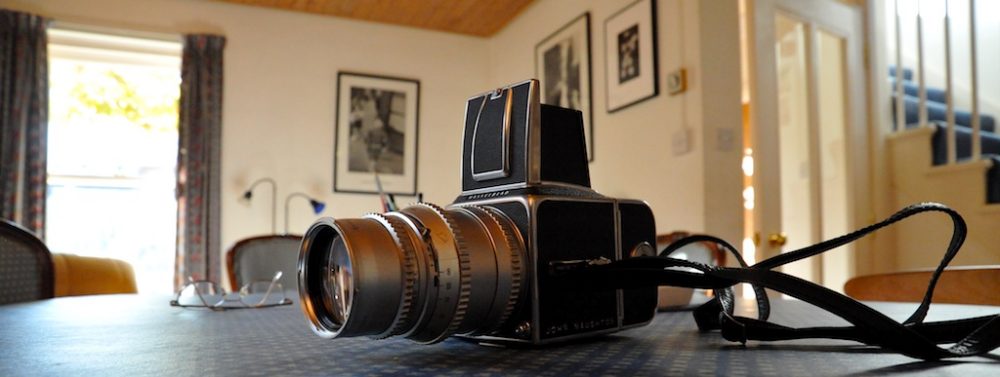Hooray for Marina Hyde…
On the one hand, it was nice to see Prince Harry in a British army uniform, as opposed to one of Hitler’s. It’s a little bit like Pokemon, really. I’m hoping he’ll give us a highly collectible Hutu warrior snap soon. Gotta catch ’em all! On the other, is there anyone over Pokemon-playing age who believes it was really worth it? The sheer number of man-hours and money lavished on allowing one young man to experience job satisfaction is mind-boggling. It has to be the most fatuous use of Ministry of Defence resources since Geoff Hoon.
According to the executive director of the Society of Editors, who helped establish the controversial media blackout, it was not designed to mislead readers and viewers but to ultimately give them “a deeper insight into a new side of Prince Harry”. But how completely intriguing. And yet, is he basically still a fairly dim, fairly affable chap, you might ask? It would appear so. But he’s being fairly dim and fairly affable in Afghanistan. Or rather, he was until the news broke, at which point a detailed, prearranged plan to get him out – how many logistical brains are wasted on this nonsense? – was mobilised. So at least we have an exit strategy for Prince Harry, if not for the actual war…
